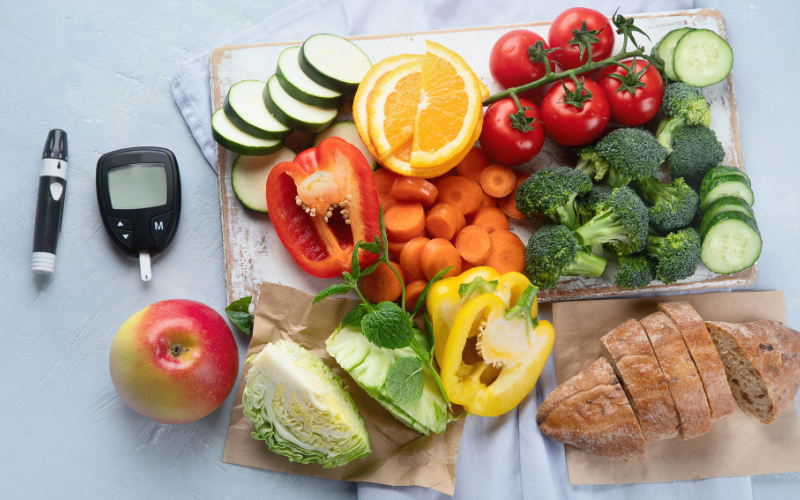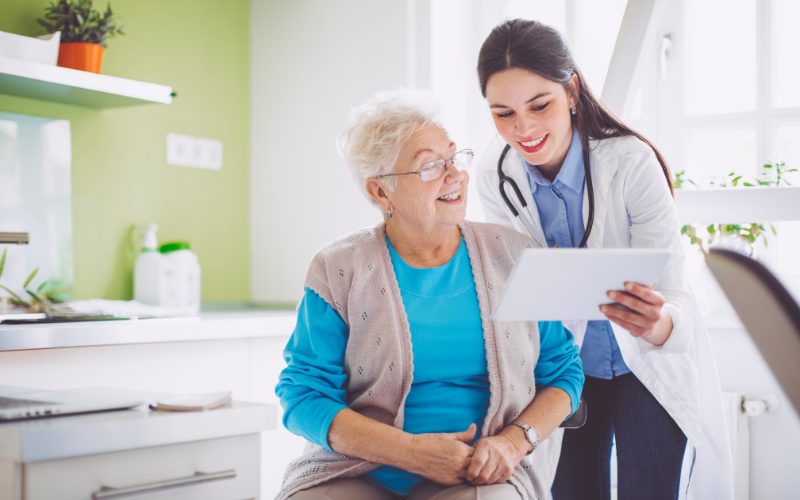Addressing Health Disparities in Diabetes Through Technology

I’ve seen many studies and clinical reports talk about diabetes health disparities. Experts have done extensive research to address the factors leading to these disparities. Recently, the COVID outbreak has put these concerns to the forefront.
Common healthcare disparities are often attributed to ethnicity, race, occupation, level of income, and other factors.
Racial disparities in diabetes are relatively common. According to the American Diabetes Association, the rates of diagnosed type 2 diabetes among different ethnic/racial groups are: African Americans 13.2%, Hispanics 12.8%, Asians 9.0%, and non-Hispanic whites 7.6%.
Urban and rural communities also have disparities. In the United States, roughly 34 million people have diabetes mellitus. Of these patients, around 32 million have type 2 diabetes mellitus. When comparing rural populations to urban populations, there was a 16% higher occurrence of type 2 diabetes (T2DM) from 1999 to 2016.
New technologies are here to navigate the complexities of healthcare disparities in diabetes care. As soon as they came out, I started using CGMs, insulin pens, mobile apps, and telemedicine platforms to navigate my condition. They’ve made life with diabetes much easier.
These devices are designed to keep us healthy. But they also allow doctors to see firsthand how I am doing. They can stay updated with my current glucose trends and patterns and give me the necessary advice.
Here is how technology can help address diabetes health disparities.
5 Ways Technology Can Help Address Health Disparities in Diabetes
Despite significant therapeutic advancements, I and anyone else with diabetes can experience cognitive, pragmatic, psychological, and physiological burdens.
This is why we are advised to track our glucose levels, monitor carb intake, and consider variables such as sickness, stress, exercise, and medication doses.
For a doctor to treat me, they need to consider my diverse needs and the challenges I face on a daily basis. Technology can help address these issues in a number of ways. It can help my diabetes healthcare team devise a personalized treatment plan. Here is how.
Access to Information
When we don’t understand our condition, we are more likely to experience diabetes complications. According to a recent study, as few as 25% of diabetics can properly describe the meaning of the hemoglobin A1c value or remember their most recent value.
I advise recently diagnosed people to get an accurate and timely intervention to stabilize the disease. Or to avoid prediabetes in the first place. That’s why information is key.
The most crucial data points are blood sugar readings, insulin adjustments, eating regimens, and medication control. That’s where technology comes in handy.
Technology can provide easy access to appropriate information on managing, preventing, and controlling diabetes. Wearable devices, websites, and online platforms can deliver educational materials and ensure everyone learns what they need to boost their quality of life.
This can be particularly useful for rural regions. Technology can ensure that all patients have equal access to diabetes education, adequate information, and care, regardless of where they live.
Data Analytics
Healthcare information technology (HIT) might effectively tackle health disparities in diabetes treatment. HIT can analyze and collect demographic data. Experts can also use it to identify outcome disparities from societal factors and inequities.
Healthcare facilities can use this data to:
- Explore patterns and trends related to diabetes disparities
- Identify differences in health outcomes
- Measure progress and set goals
Broad data collection can boost precision medicine, while predictive analytics and artificial intelligence (AI) could eliminate health disparities.
In order to cater to different populations and apply effective precision medicine, databases should have a wide range of data representing various groups, instead of just one or two. One approach to diversify data is through data-sharing.
By sharing data with multiple organizations, researchers can enhance precision medicine practices and deliver improved care to everyone. AI can lighten the load on doctors and help them offer better care to diabetic patients.
Remote Monitoring
I use all kinds of technologies for my diabetes. CGM systems ensure continuous glucose monitoring and real-time data. I also use a smart insulin pen, a portable device that records the dosing information with each injection.
I can share any data I get with my doctor through a cloud-based management system. Now, technology alone is not enough to eliminate diabetes disparities. But it can help create a better connection between us (the patients) and our healthcare providers.
Telemedicine and Telehealth
Telemedicine technology provides remote monitoring, which can be used to optimize diabetes treatment. It can help reduce blood sugar highs and lows and adjust drug doses.
The elderly can also use it to alert their caretaker of changes in their chronic condition, activity levels, or falls. Thanks to this technology, we can stay at home longer, and still get the care and treatment we need.
Because of telehealth, we can get health care regardless of our economic or social status. It is a simple and affordable technology that can accommodate underserved communities such as:
- Low-income families
- Rural patients
- People with disabilities
- Elderly patients
- Underinsured or uninsured patients
- People with language barriers
Telemedicine can make access to healthcare feel more comfortable and less time-consuming.
Mobile Apps for Self-Management
Making health resources available through mobile apps can help address some diabetes disparities. Compared to traditional healthcare methods, diabetes apps are much more accessible and cheaper, making them useful tools for managing the condition.
Since most apps are free or affordable, they are a valuable resource for patients on a tight budget. International studies show that patients were more satisfied when they used diabetes apps.
For example, using a diabetes app makes it much easier to track my meals, exercise, and steps. It is also useful for reducing my fasting glucose and A1C levels.
Conclusion
Overall, technology has immense potential in managing diabetes health disparities. By leveraging technology, we can bridge the gap in self-management tools, remote monitoring, access to information, and virtual healthcare.



